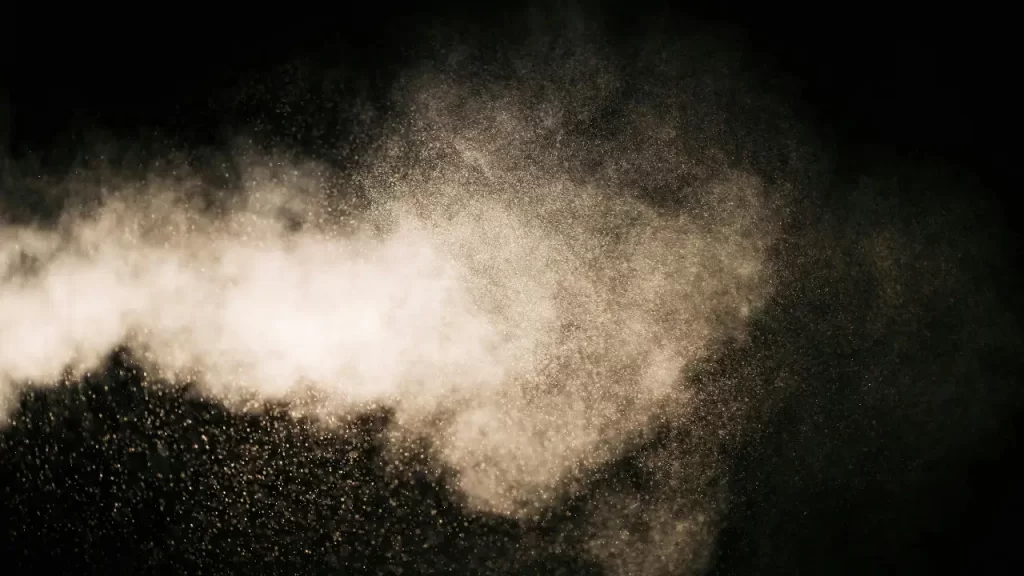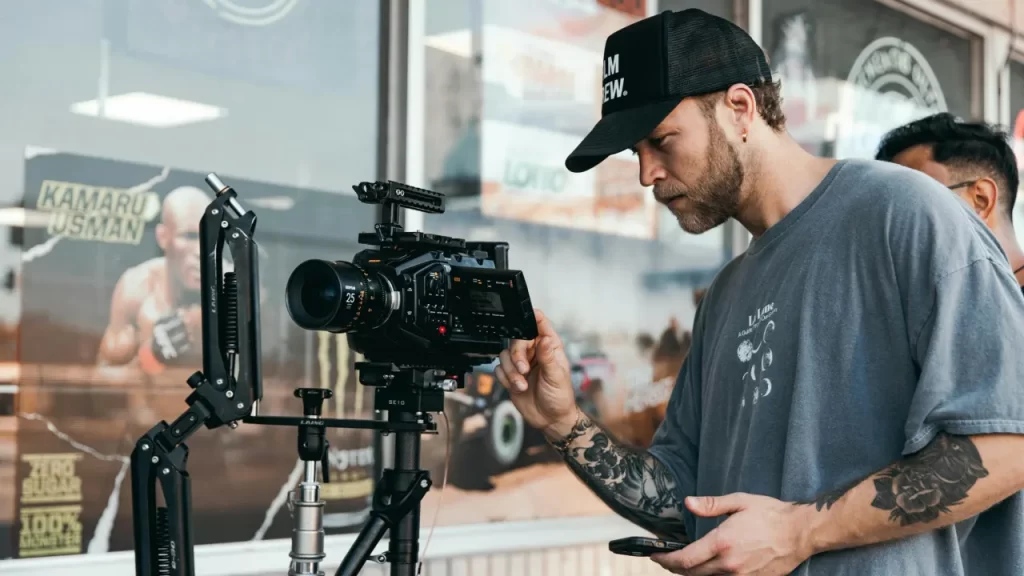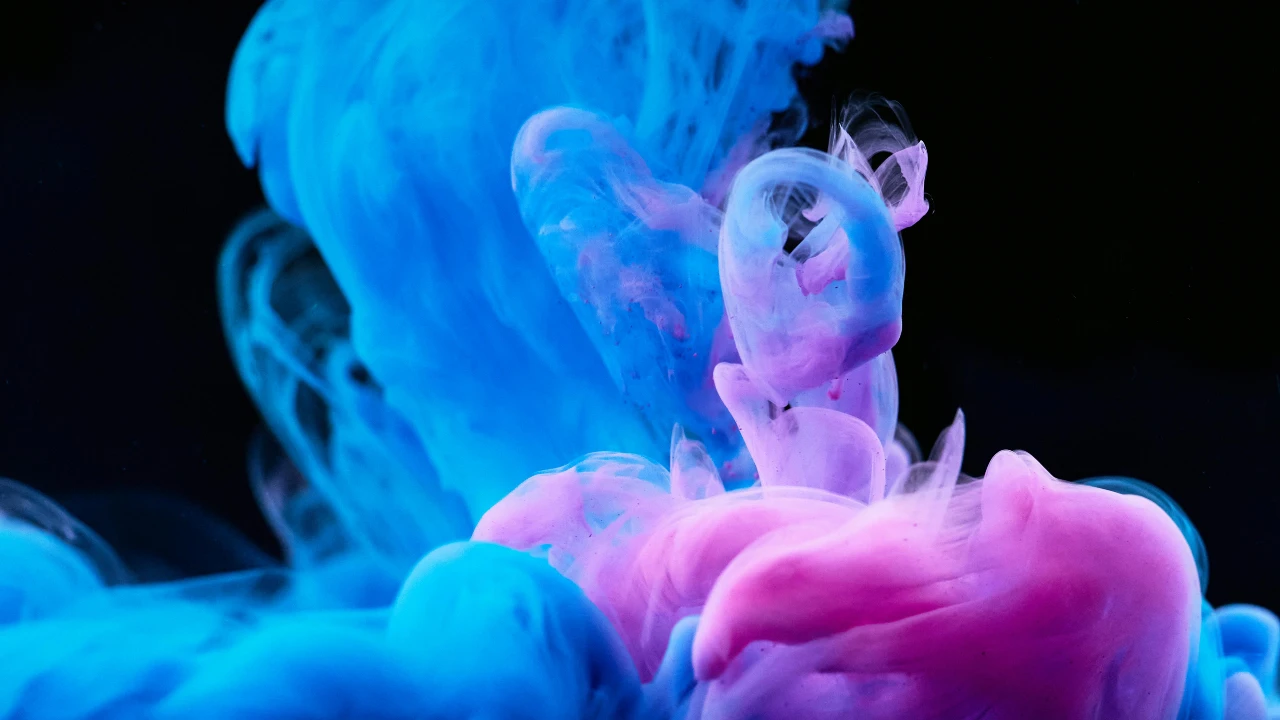What is Rotoscope Animation?
Rotoscope animation is a technique used in the field of animation where animators trace over live-action footage frame by frame to create realistic movement. This method helps in achieving a higher degree of precision and lifelike motion that traditional animation methods may struggle to capture. Rotoscope animation is widely used in various forms of media, including films, television shows, and video games, making it a crucial tool for animators.
How Does Rotoscope Animation Work?
The process of rotoscope animation involves capturing live-action footage of actors performing a sequence. This footage is then projected onto a transparent surface where animators trace over each frame meticulously. The traced drawings can be further refined and stylized to fit the desired aesthetic of the project. This technique allows for a seamless blend of realistic motion and artistic expression, making it an invaluable asset in the animation industry.
What Are the Historical Origins of Rotoscope Animation?
The origins of rotoscope animation can be traced back to the early 20th century when it was first invented by Max Fleischer. Fleischer developed the rotoscope in 1915, and it was initially used in the production of the Out of the Inkwell series. This innovation revolutionized the animation industry by introducing a method to create more fluid and realistic character movements. Over the years, the technique has evolved and been refined, but its core principle remains the same—bringing lifelike motion to animated characters.
Why is Rotoscope Animation Important in VFX?
Rotoscope animation plays a vital role in the field of visual effects (VFX). It enables artists to create detailed and precise animations that integrate seamlessly with live-action footage. This technique is especially important in rotoscoping VFX, where it is used to create realistic and believable effects that enhance the overall visual experience of a production.
What Role Does Rotoscope Animation Play in Modern VFX?
In modern VFX, rotoscope animation is used extensively to achieve high-quality visual effects. It helps in isolating elements from live-action footage, allowing VFX artists to manipulate and enhance these elements without affecting the surrounding frames. This technique is crucial in scenes that require complex interactions between animated characters and real-world environments, ensuring that the final output is both realistic and visually appealing.

How Does Rotoscope Animation Improve Visual Storytelling?
Rotoscope animation significantly enhances visual storytelling by providing animators and VFX artists with the tools to create more dynamic and engaging scenes. By incorporating realistic motion and intricate details, this technique helps bring characters and stories to life in a way that captivates audiences. Whether it’s a fantastical creature interacting with human actors or a detailed action sequence, rotoscope animation ensures that every movement is believable and contributes to the narrative’s overall impact.
In addition to its technical advantages, rotoscope animation also offers creative flexibility. Animators can experiment with various styles and effects, pushing the boundaries of visual storytelling. This technique’s ability to blend realism with artistic interpretation makes it a powerful tool in the arsenal of modern filmmakers and animators, allowing them to create visually stunning and emotionally resonant works.
By understanding and utilizing rotoscope animation, creators can produce content that not only looks impressive but also enhances the audience’s immersion and engagement with the story being told.
What is the Best Time to Post on YouTube Shorts in India?
Determining the best time to post on YouTube Shorts in India is essential for maximizing engagement and reach. YouTube Shorts, much like TikTok, allows users to create and share short, engaging videos that can quickly go viral. To leverage this platform effectively, understanding the audience’s behavior and activity patterns is crucial.
Peak Times for YouTube Activity in India
The best time to post on YouTube Shorts in India generally aligns with peak times for YouTube activity in the country. Studies and user data suggest that evenings and weekends are when most users are active on YouTube. Specifically, the hours between 7 PM and 10 PM see a significant spike in viewer activity. During weekends, activity tends to increase even further, with users having more free time to browse and engage with content.
Specific Time Slots for Maximum Engagement
For those looking to maximize engagement, posting during specific time slots can be highly beneficial. The best time to post on YouTube Shorts in India includes the following slots:
- Early mornings (7 AM to 9 AM): People often start their day by catching up on social media and video content.
- Late evenings (7 PM to 10 PM): This is when users are winding down for the day and have more time to watch videos.
- Weekends (especially Saturdays and Sundays): Activity is generally higher throughout the day on weekends, making it an ideal time to post.
Understanding these time slots can help creators plan their content strategy more effectively, ensuring that their videos reach the maximum number of viewers.
How to Optimize Your YouTube Shorts Posting Schedule?
Optimizing your posting schedule on YouTube Shorts involves more than just knowing the best time to post on YouTube Shorts in India. Consistency, quality, and understanding your audience play significant roles in achieving success on the platform.
Creating a Consistent Posting Schedule
A consistent posting schedule is key to maintaining and growing your audience. Once you identify the best time to post on YouTube Shorts in India, ensure that you stick to a regular posting routine. Consistency helps in building anticipation among your viewers and increases the chances of your videos being seen. Tools like YouTube Analytics can provide insights into when your audience is most active, helping you refine your schedule.
Tips for Scheduling Posts
Here are some tips to optimize your YouTube Shorts posting schedule:
- Analyze Your Audience Data: Use YouTube Analytics to understand your audience’s viewing habits and tailor your posting times accordingly.
- Plan Ahead: Create a content calendar to plan your videos in advance. This ensures that you always have content ready to post at the best time to post on YouTube Shorts in India.
- Engage with Your Audience: Post consistently and interact with your viewers through comments and social media. Engaging with your audience can provide valuable feedback and help you refine your content strategy.
- Monitor Performance: Keep track of your video performance to see if the posting times you’ve chosen are yielding results. Be ready to adjust your schedule based on the performance data.
By following these tips and understanding the best time to post on YouTube Shorts in India, creators can enhance their reach, engagement, and overall success on the platform.
How is Rotoscope Animation Used in Film and Television?

Rotoscope animation is a pivotal technique in both film and television, allowing creators to achieve a high level of realism and fluidity in animated sequences. It involves tracing over live-action footage frame by frame to create lifelike movements in animated characters. This method is especially valuable in blending animated elements with live-action scenes, ensuring seamless integration and visual coherence.
What Are Some Iconic Examples of Rotoscope Animation in Film and TV?
Several iconic examples of rotoscope animation demonstrate its versatility and impact on the industry. Films like “A Scanner Darkly” and “Waking Life” by Richard Linklater are renowned for their innovative use of rotoscope animation. These movies leverage the technique to create a surreal, dreamlike aesthetic, enhancing the narrative’s thematic depth. In television, the animated series “The Lord of the Rings” utilized rotoscope animation to bring Tolkien’s world to life with unprecedented detail and realism for its time.
How Do Filmmakers Integrate Rotoscope Animation into Their Projects?
Filmmakers integrate rotoscope animation into their projects through a meticulous process. First, live-action footage is shot with actors performing the required movements. This footage is then transferred to a transparent medium, where animators trace each frame. The traced sequences can be stylized or modified to fit the project’s artistic vision. For example, a documentary video production company might use rotoscope animation to illustrate historical events or complex concepts visually engagingly. Similarly, a 2d animation company may employ this technique to add depth and realism to their animated series.
What is the Future of Rotoscope Animation in VFX?
The future of rotoscope animation in VFX is promising, with advancements in technology enhancing its application and effectiveness. As digital tools evolve, rotoscope animation becomes more efficient and accessible, allowing for more intricate and sophisticated visual effects.
How is Technology Advancing Rotoscope Animation?
Technology is revolutionizing rotoscope animation through advanced software and AI-driven tools. Modern rotoscoping software automates many tasks that were once manual, significantly reducing the time and effort required. For instance, AI algorithms can now track motion and assist in the frame-by-frame tracing process, allowing animators to focus on fine-tuning and creative aspects. These advancements enable a video production company in Bangalore to produce high-quality VFX with greater efficiency, meeting the increasing demand for top-tier visual effects in both local and international markets.
What Trends are Emerging in Rotoscope Animation?
Several trends are shaping the future of rotoscope animation. One notable trend is the hybridization of animation techniques, where rotoscope animation is combined with CGI and traditional animation to create unique visual styles. Another trend is the increasing use of rotoscope animation in virtual reality (VR) and augmented reality (AR) projects, where its ability to produce realistic movements enhances immersive experiences. Additionally, the integration of rotoscope animation in corporate videos is on the rise. A corporate video production company in Bangalore might use this technique to create engaging training videos or promotional content that stands out due to its distinctive visual appeal.
The future of rotoscope animation in VFX looks bright, with continuous innovations expanding its possibilities. As technology advances and new trends emerge, rotoscope animation will remain a crucial tool for filmmakers and animators, offering endless creative potential and enhancing the art of visual storytelling.
Conclusion
Rotoscope animation continues to be a crucial technique in both film and television, offering unparalleled realism and fluidity in animated sequences. By understanding what is rotoscoping, filmmakers can seamlessly blend animated elements with live-action footage, enhancing the visual storytelling experience. Iconic examples like “A Scanner Darkly” and “Waking Life” showcase the creative potential of rotoscope animation in delivering unique, surreal aesthetics.
The future of rotoscope animation in rotoscoping VFX looks promising with advancements in technology. AI-driven tools and modern software are revolutionizing the process, making it more efficient and accessible for filmmakers and animators. This evolution is particularly beneficial for companies specializing in branded content video production and 3D technical animation services in India, allowing them to produce high-quality visual effects with greater ease.
Furthermore, the integration of roto in VFX projects by a corporate documentary video production company exemplifies the technique’s versatility and importance in creating engaging, informative content. As technology continues to advance, rotoscope animation will remain a vital tool in the visual effects industry, pushing the boundaries of creativity and storytelling.
FAQs
What is a Rotoscope in Animation?
Rotoscope animation is a technique where animators trace over live-action footage frame by frame to create realistic movement. This method allows for precise and lifelike motion that traditional animation might not achieve. What is rotoscoping? It’s essentially the process of manually altering film footage one frame at a time. This technique helps animators create more fluid and dynamic animations, making characters move in a believable manner.
What is Roto in VFX?
Roto in VFX refers to the process of creating mattes for elements in live-action footage so they can be composited over different backgrounds or effects. Rotoscope animation plays a crucial role here, as it involves tracing over live-action footage to separate the foreground from the background. This process is essential in rotoscoping VFX to ensure that elements integrate seamlessly into the scene, enhancing the overall visual storytelling.
What is an Example of Rotoscoping Animation?
An iconic example of rotoscope animation is the film “A Scanner Darkly,” directed by Richard Linklater. This movie uses rotoscoping VFX to create a surreal, dreamlike visual style. Animators traced over live-action footage to produce a unique aesthetic that blends realistic movement with artistic expression. This example illustrates what is rotoscoping in a practical context, showcasing its ability to create visually stunning and engaging content.
Is Rotoscoping Still Used Today?
Yes, rotoscoping is still widely used today in both animation and VFX. Modern technology and software have made the process more efficient, but the core technique remains the same. Rotoscope animation is crucial in creating detailed and realistic effects in films, television, and video games. The method’s adaptability ensures it remains a valuable tool for animators and VFX artists, maintaining its relevance in contemporary visual storytelling.


Leave a Reply